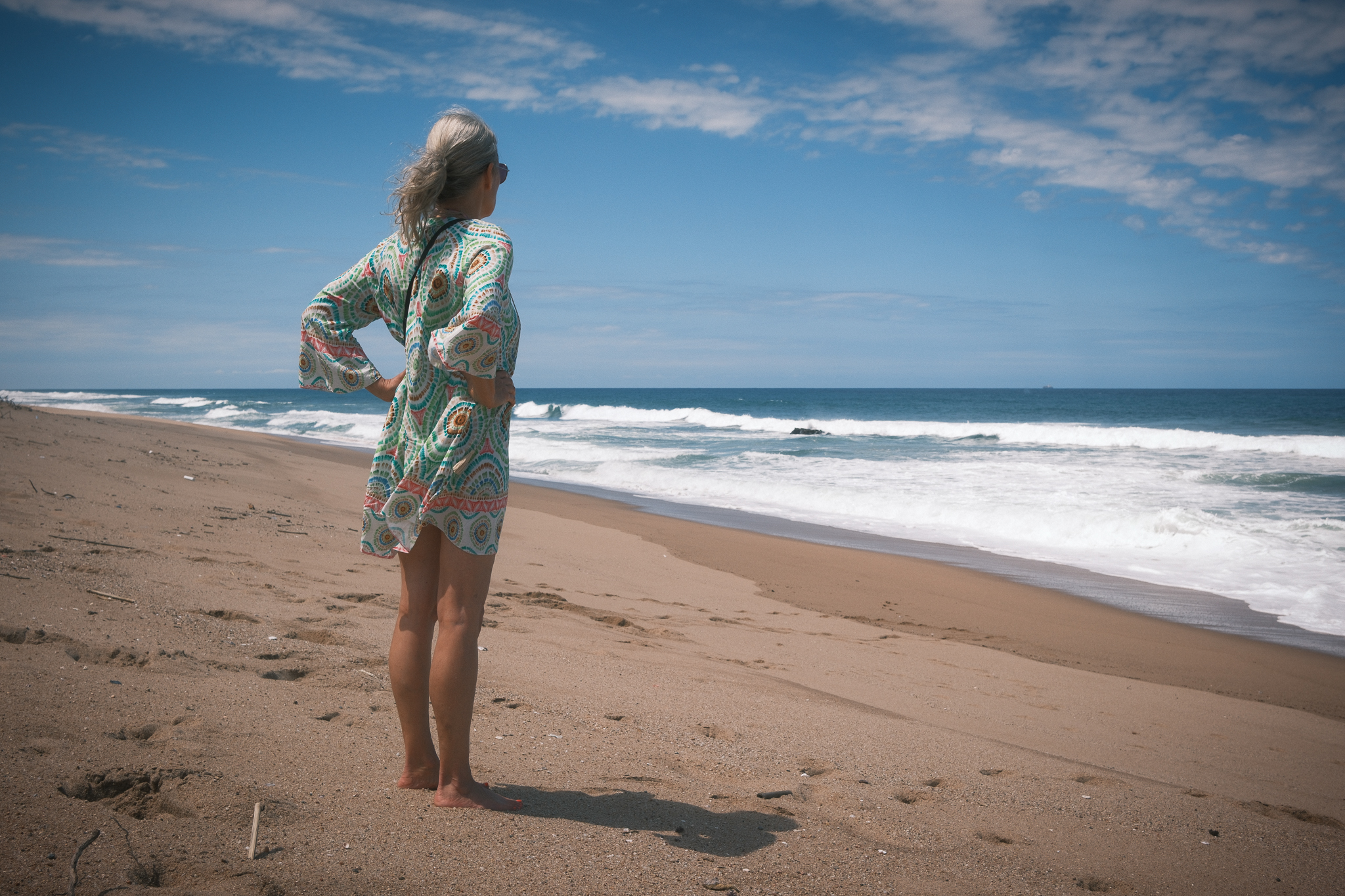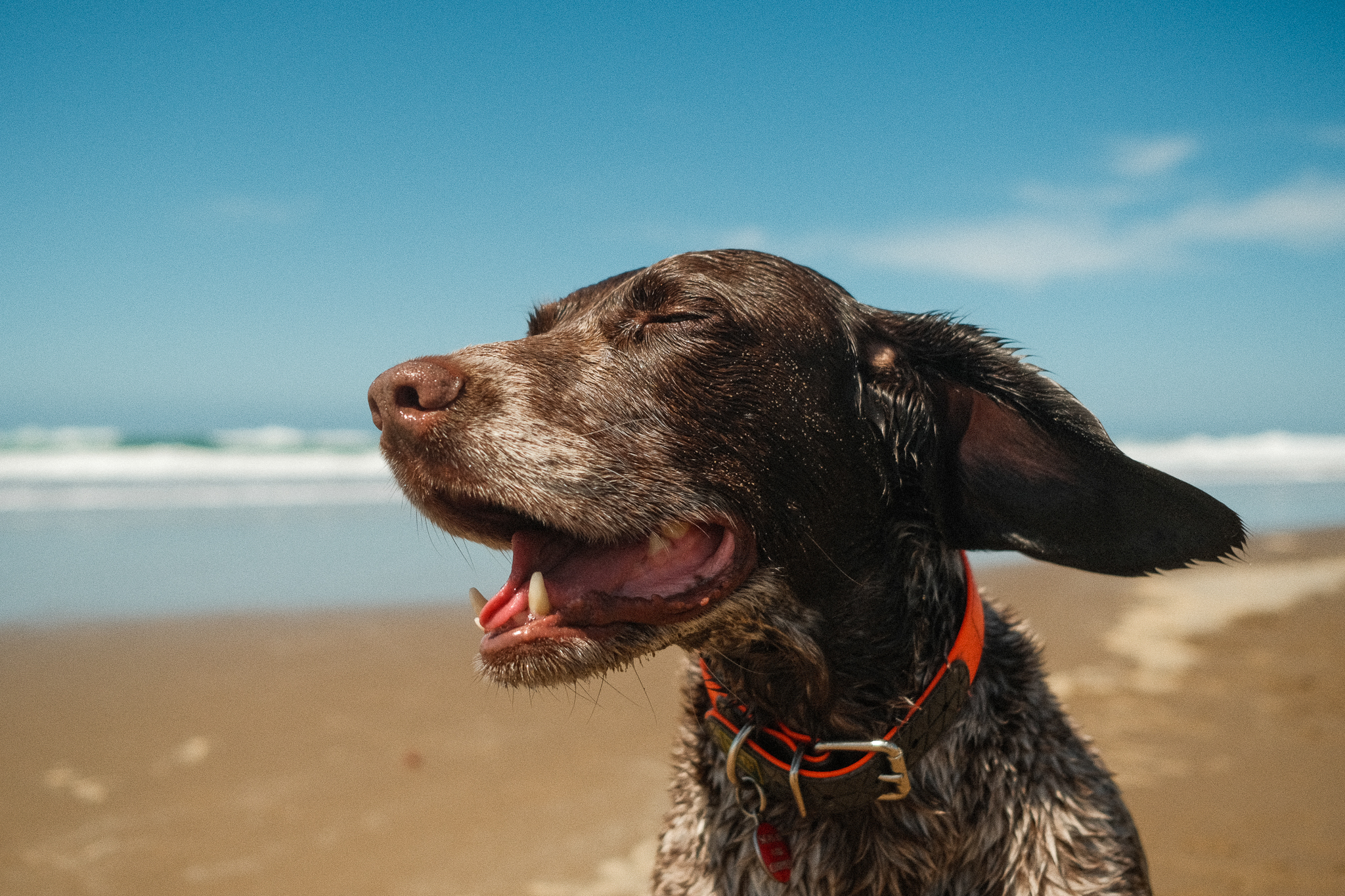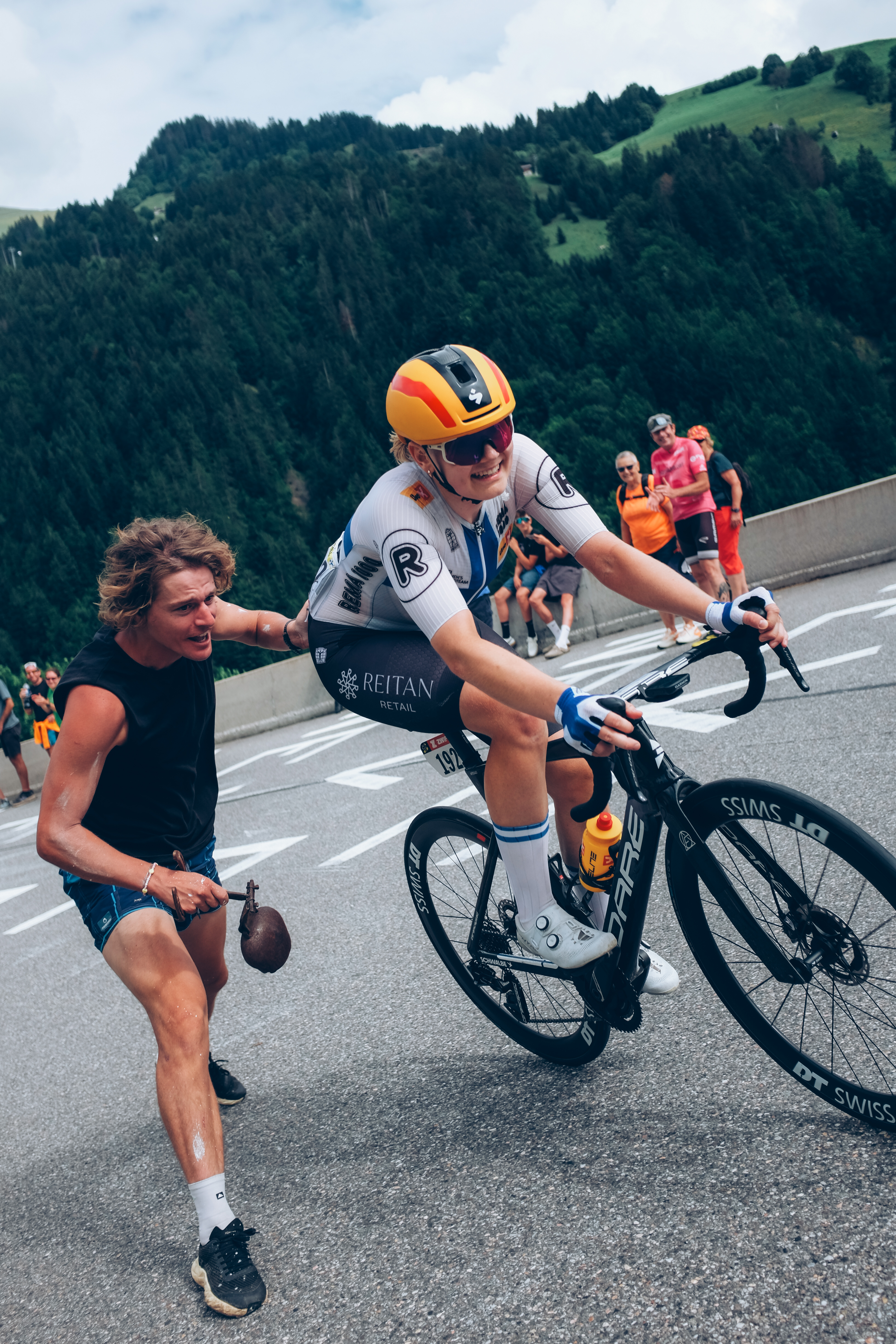My favourite lens: Nathalie Boucry on the Fujinon XF23mmF2
Throughout the years, Fujifilm ambassador Nathalie Boucry has managed to sustain a love affair with the Fujinon XF23mmF2. What makes this lens such an important piece of gear in her camera bag?
You shoot a lot with the Fujinon XF23mmF2, why is this your favourite lens?
Here are a few of my reasons:
It’s my focal length of choice
First of all, I love the 23mm’s field of view. As much as I love the compression I get when shooting with a longer focal length, when it comes to everyday, storytelling kind of photography, 23mm is my kind of jam. As a 35mm full-frame equivalent, I find it produces very relatable images; it captures how I experience my world and my life – what’s happening around me.
It’s fast
The fast and silent autofocus is a pleasure to work with. It makes this lens snappy and reliable. The F2 aperture is also fast enough to give me the separation I want for, let’s say, still life or environmental portraits. While not as creamy as the XF56F1.2, it still delivers pleasing bokeh. In addition, it also performs really well in low light, and that makes it suitable for most occasions.
Some of you may think: “but the XF23mmF1.4 is faster”. That’s correct, but it’s also bigger. Much bigger. And when it comes to everyday and travel photography, size matters.
It’s compact
The XF23mmF2 is small, lightweight and robust – the most important qualities I look for in an everyday lens. It helps keep my camera compact and I am still able to fit it into a small bag, perfect for all-day outings or travel. It also gives me the freedom to carry my camera on a strap around my shoulder without the worry of bumping into anything.
It’s unobtrusive when taking to the streets which is exactly what I want when on the hunt for eye-catching scenes. The less I get noticed, the better for my images. And don’t underestimate its lightweight qualities. There is a lot to be said about being able to shoot all day, every day without getting tired arms or shoulders.
Bring on the rain
Weather-sealing is the cherry on top. First of all, this means I don’t need to worry about rain or misty conditions. I can shoot in inclement weather, when clouds are at their most dramatic, even when they decide to let loose and it’s a proper downpour. No need to stop-start or interrupt my flow. Even better still, this allows me to stay creative in the rain, snow or dust storm.
If I only had one lens
All these qualities make this lens extremely versatile and a great choice for most situations around the clock. Using it a lot has taught me so much. Looking through my personal catalogue (more than 175k images) and my professional work catalogue (over 150k images) was an eye-opening exercise to realise how many different kinds of images I have created with this one lens.
If there is one piece of advice I can give to anyone who wants to improve their photography – choose and shoot with one lens for a long period of time. It will teach you everything there is to learn about focal length, field of view, compression, minimum focussing and hyperfocal distance.
Check out my YouTube video from my series “Photo Chats with Nats” in which I talk about shooting with One Lens only:
What is it about the 23mm range that you like?
That’s a really interesting question that I have asked myself many times as well. Honestly, I think it has a lot to do with my undying love for the X100-Series camera. It’s the camera and focal length I started my Fujifilm journey on in 2013. At that point in time, I had been shooting professionally for a long time, but the X100S taught me to shoot for myself, to document my daily life and to engage in personal photography projects that I haven’t really been doing prior to owning that camera. I shot so much with it on a daily basis, that I really got to know and master the 23mm field of view. These days, even before raising my camera to my eye, I know exactly what could be in the frame and what kind of shot I can get.
It is generally said that a 35mm lens (53mm equivalent in 35mm format) is most similar to the field of view of the human eye and therefore, the traditional focal range of choice for street photographers, storytellers and journalists. However, I prefer the slightly wider angle offered by the 23mm. Being able to fit more into my scene lets me capture more of the story.
Don’t get me wrong, I enjoy my collection of Fujifilm prime and zoom lenses. Each of them has something special to offer and is powerful in their own right. But when it comes to my everyday photography, there’s just no other focal range that I enjoy using more than 23mm. I guess, these days, it turns my X-T5 into an X100 on steroids. What’s not to love about that?
Do you have a strong affinity for prime lenses?
I do. They are fast, compact and usually deliver crisper images than zoom lenses. Nonetheless, zoom lenses are great tools – I own and shoot on the XF16-55mmF2.8 and the XF50-140mmF2.8 a lot. They are amazing pieces of glass and I love working with them.
However, there is something really special about shooting with prime lenses. Apart from all the technical advantages, you need to work the lens and zoom with your feet in a way that is different to shooting with a zoom lens. In return, prime lenses deliver more spectacular bokeh thanks to, usually, their wider apertures. And, since they are also very compact, they let you immerse yourself into scenes without getting noticed as much.
How important is low F-stop for you? Do you often shoot wide open?
It is very important. I often shoot “wide open” – with a large aperture. f/1.2, f/1.4, f/2.0 apertures are music to my ears. I love the separation in a story-telling image, the creamy bokeh and the ability to capture scenes in low light.
How often do you focus manually?
I hardly do. I know that I can rely on the powerful AF system of my X-T5. Fujifilm has put a lot of time and resources into developing this side of their X-Series cameras and it shows. From improved face-detection to the newly added subject detection and tracking features, it is a highly advanced system which is so much faster and delivers much more accurate results than I ever would if I tried to focus manually.
But there are two occasions when I switch to manual focus. The first, for example, is photographing a dog in long grass. The AF might struggle to lock focus on the dog’s eye when there is grass moving right in front of its face. In this instance, I find it easier and faster to acquire focus in manual mode.
The second instance in which I will use manual focus is when I want to intentionally blur a scene to create an abstract image.
We also know you are a fan of the XF30mmF2.8 – is this because of its macro functionality?
This lens caught me by surprise. The first time I tested it, I used it mainly to create macro photographs. It was just a little too long for my comfort to use it for anything else, or so I thought. But after I used it more regularly during outings with family and friends, I realised what an awesome storytelling lens it actually is. Pretty much everything that I have just written about the XF23mmF2 could hold true for this lens. In addition, of course, close-ups are just so much sweeter, magnified and sharper with the XF30mmF2.8. It is definitely a strong contender for the “If I only had One Lens” category for anyone who loves storytelling and macro photography.






























